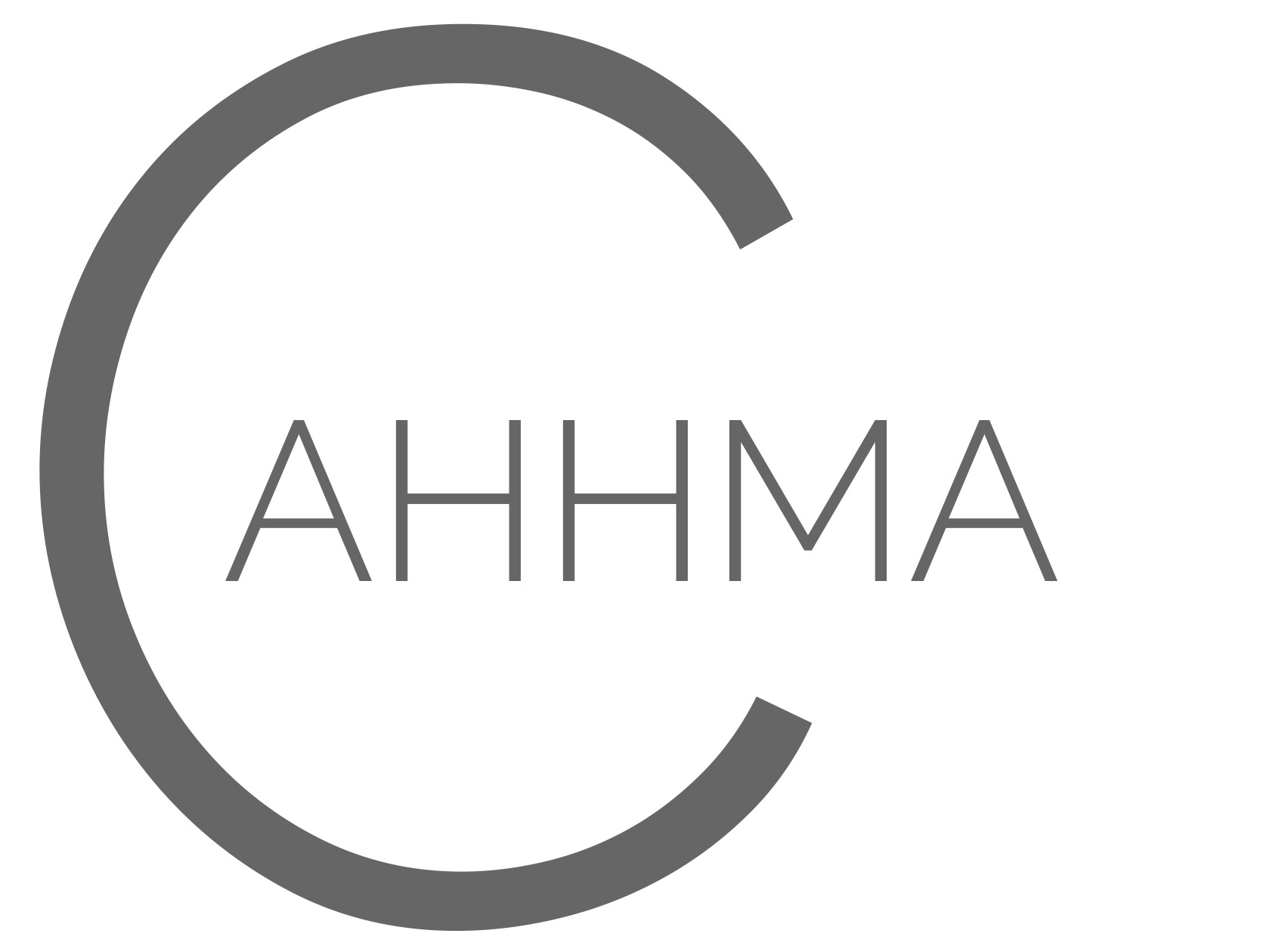Minister of Health (Helena Jaczek) response to Norm Miller recent questions regarding the future of our hospitals and the dismal share (~1.2 %) MAHC got (of the $822M budget increase handed out) is troubling. She pointed to this reason: we didn’t have the same population increase (i.e. growth) and acuity (i.e. illness severity) when compared to others.
Here’s the problem with that justification. Regional population growth differences are quite small when measure on a year-by-year basis (they are more relevant for long term future capital planning), so they’re a poor factor for annual budget allocations. The same would seem to apply to acuity. If acuity were a driver, that would imply rural areas like MAHC serves are suddenly experiencing far less acuity demands, when compared to others. I doubt that very much. So, what factors might really be better determinants for how allocations are done? I think current demands, and critical capacity short falls are better determinates – measurable indicators like: ER & surgery wait times, hospital occupancy rates, or hospital budget deficits, etc.
Jaczek pointed to examples of “high growth” communities like hers (Oak Ridges -Markham riding) to justify why they received more than average. How much more? The table below shows the numbers for hospitals in/just below her riding (also Liberal), compared to MAHC.
Further, neither Mackenzie Health nor Markham Stouffville made the top 10 hospital highest occupancy rate for acute care beds, but MAHC had its Huntsville Hospital in there, @99%. (per Ministry data for 5 yrs avg ending 2016-17 fiscal year).
So, was the allocation truly based on “evidence and need”, as claimed? Can it explain the 5x – 10x % hospital allocation differences compared to MAHC? Again, politics appears to influence how our tax $ are spent. In this case, the losers appear again to be mid-sized hospitals, like ours. Fix the flawed hospital funding formula!
Dave Wilkin
